
Why This $281m ‘Car’ Built By Boeing Only Goes 8MPH
At first glance, it might seem absurd: a $281 million “car” that crawls along at a snail’s pace—just 8 miles per hour. But appearances can be deceiving. This slow-moving, ultra-expensive machine isn’t a car in the conventional sense. It’s a crawler-transporter, an engineering marvel built not for speed, but for strength, precision, and one of humanity’s greatest ambitions: space exploration.
Originally constructed in the 1960s by The Marion Power Shovel Company with aerospace engineering support from Boeing, the crawler-transporter was designed to carry the mighty Saturn V rockets for NASA’s Apollo missions. Weighing in at over 6 million pounds, this gigantic platform is often referred to as the world’s largest self-powered land vehicle. Its purpose? To safely transport rockets and spacecraft from the Vehicle Assembly Building (VAB) to the launch pad at Kennedy Space Center—a journey of just 3.5 miles that takes nearly an entire day to complete.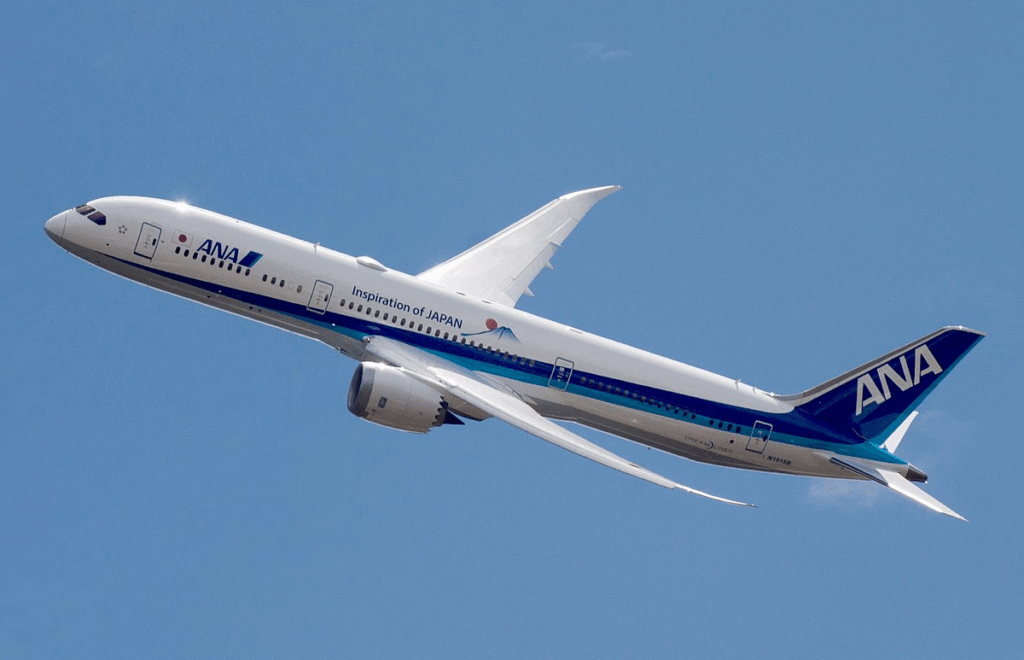
So why does it move so slowly? The answer lies in the stakes of the mission. The crawler is carrying precious and extremely delicate cargo—rockets packed with fuel, equipment, and sometimes even astronauts. Any sudden movement, vibration, or shift in position could be disastrous. Therefore, every inch is covered with precision. Moving slowly allows engineers to monitor conditions constantly, and the transport is equipped with leveling systems to keep its massive platform steady even when traversing uneven ground.
Its cost—$281 million in today’s dollars—reflects its complexity and durability. With two massive diesel engines, it can carry up to 18 million pounds and has eight tracks, each with 57 shoes that weigh over a ton. Despite its bulk and strength, the crawler is a remarkably delicate tool, capable of adjusting its height by several feet and keeping its load level to within a few inches throughout the entire journey.
The crawler has been upgraded over the decades to accommodate modern spacecraft like NASA’s Space Launch System (SLS), set to power missions back to the Moon and eventually to Mars. Even today, as private companies like SpaceX revolutionize launch systems, NASA continues to rely on this slow-moving titan for its most important missions.
More than just a piece of machinery, the crawler-transporter represents the spirit of exploration and the hidden infrastructure behind every “giant leap for mankind.” It reminds us that space missions don’t begin at the moment of launch; they begin with the quiet, steady journey across concrete and gravel, powered not by speed but by patience, planning, and precision.
In a world obsessed with how fast we can go, this $281 million machine reminds us that sometimes, going slowly is not a flaw—it’s a necessity. Speed can be thrilling, but when you’re carrying the future of humanity on your back, 8 miles per hour is fast enough.
News in the same category


Scientists Baffled By Perfect Sphere Emitting Radio Signals From Deep Space

Meet Borealopelta markmitchelli: The Best-Preserved Dinosaur Fossil Ever Discovered

Is the Multiverse Real? Exploring Scientific Theories and Quantum Clues

Don’t Toss Those Eggshells: 17 Ways to Reuse Them
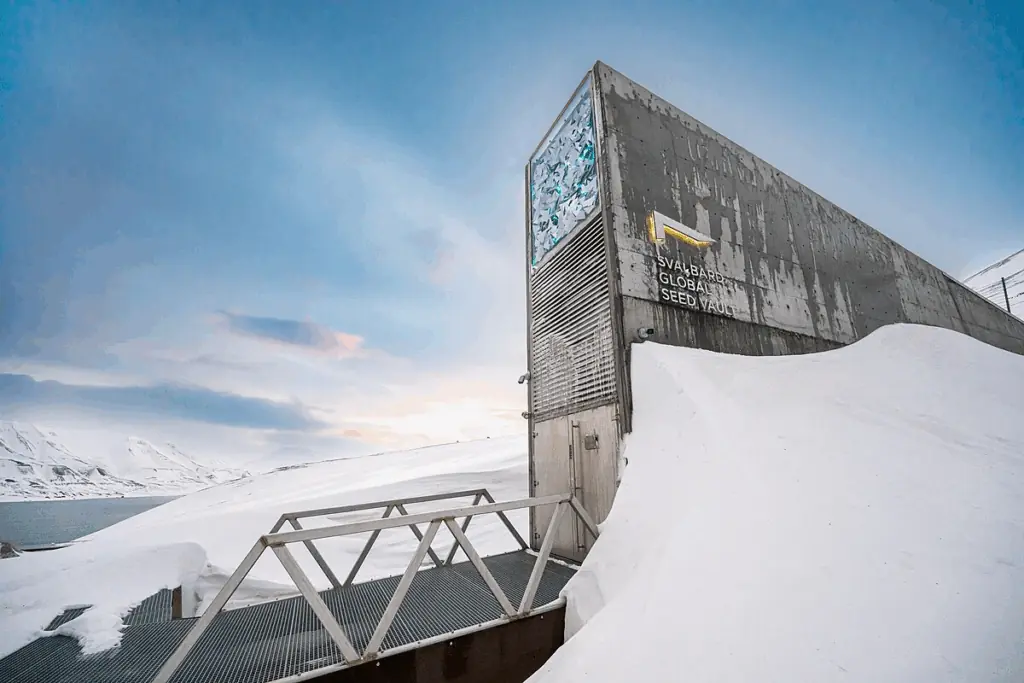
Inside The Global Seed Vault: Earth’s ‘Safest Place’ Only Opens Six Times A Year
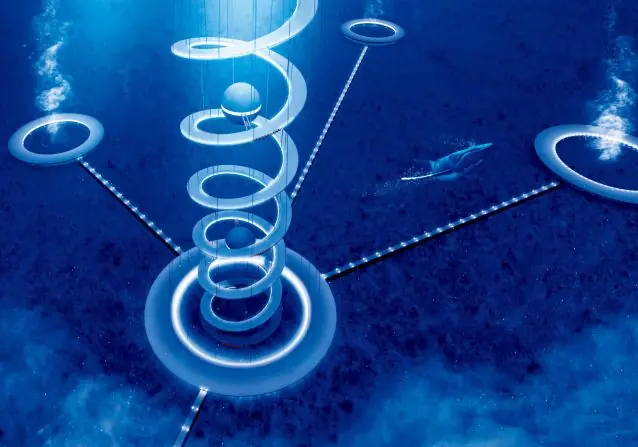
Japan’s Ocean Spiral: A Real-Life Sci-Fi Vision Beneath the Waves

‘Ghost Boy’ wakes up from a coma after 12 years – Then he Reveals his spine-chilling secret

Inside the Global Seed Vault: Earth’s Most Secure Backup Opens Just Six Times a Year

Scientists Baffled By Strange New Clues About The Universe’s Behavior

Creepy Orca Recordings Mimicking Human Speech Leave Listeners Amazed And Terrified

French Farmer Discovers $4 Billion Gold Deposit, But Legal Hurdles Prevent Him From Profiting

Modern Quantum Physics Validates What Ancient Cultures Always Knew: Geometry Is More Than Math—It Is Memory

Scientists Turn Lead Into Gold at the LHC – But There’s a Catch

The ring you pick will reveal your truest trait

Viral Video Shows Plane ‘Frozen’ Mid-Air, Ignites ‘Glitch In The Matrix’ Theories

Secret CIA Documents Declare That The Ark Of The Covenant Is Real, And Its Location Is Known
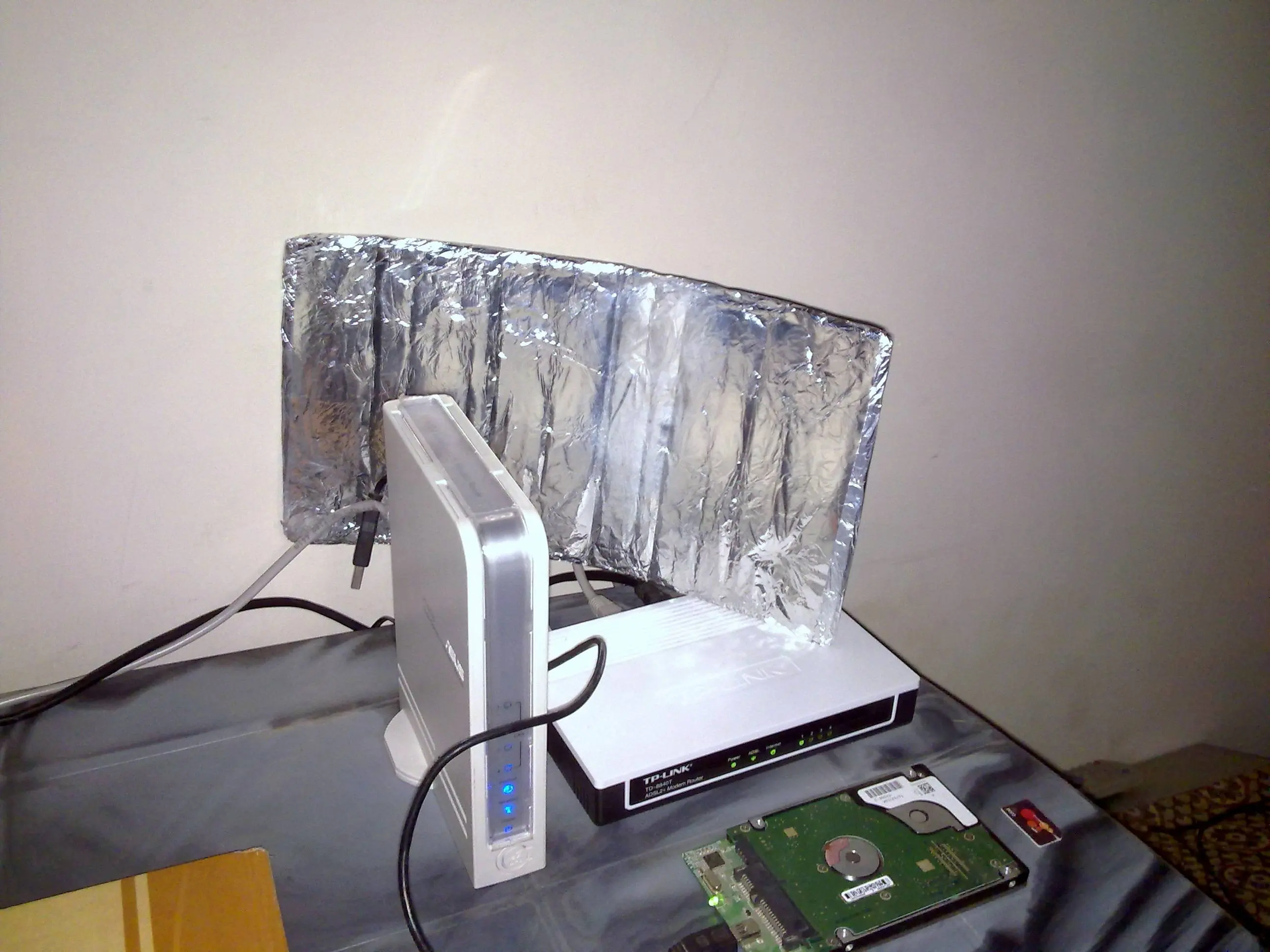
Why You Should Try Placing Aluminum Foil Behind Your Router

Why Do Button-Down Shirts Have Loops on the Back?
News Post

How to help naturally relieve gout and joint pain

Sudden Sharp Chest Pain? The Mystery May Finally Be Solved

8 Warning Signs Your Oxygen Levels May Be Too Low — And How to Improve Them Naturally

Man Loses 400 Pounds Naturally and Raises Funds to Remove Excess Skin

47-Year-Old Man Dies of Liver Cancer: ‘2 Pains and 2 Itches’ Could Be Warning Signs of Liver Disease

Losing 93 Kilograms by Eating Only Meat and Eggs for Half a Year — Even the Doctor Was Shocked

How Dangerous Are Brain Tumors? If You Have These Symptoms, Get Checked Before It's Too Late

Man Spends Life Savings On Abandoned Ghost Town Once Worth $500 Million

Detox Naturally with Tangerine, Walnuts, and Ginger: A Gentle Reset for Energy, Digestion & Vitality

🌿 10 Amazing Health Benefits of Okra

Clove Benefits: The Tiny Spice with Powerful Healing Properties You Need to Know

Clear Mucus from Your Lungs in Just 3 Days and Support Your Thyroid with Just One Orange – See the Recipe!

My Stepdaughter Was Locked up in a Closet During My Wedding Ceremony – We Were Shocked to Discover Who Did That to Her and Why

My Parents Chose My Sister Over My Wedding — So My Best Man Put Them on Blast

Flight Attendant Woke Me Up & Told Me to Check My Husband's Bag While He Was Away — I Never Expected What I Found

My Husband Brought an Xbox to the Delivery Room and Invited His Friend Because He 'Didn't Want to Be Bored While I Was in Labor'
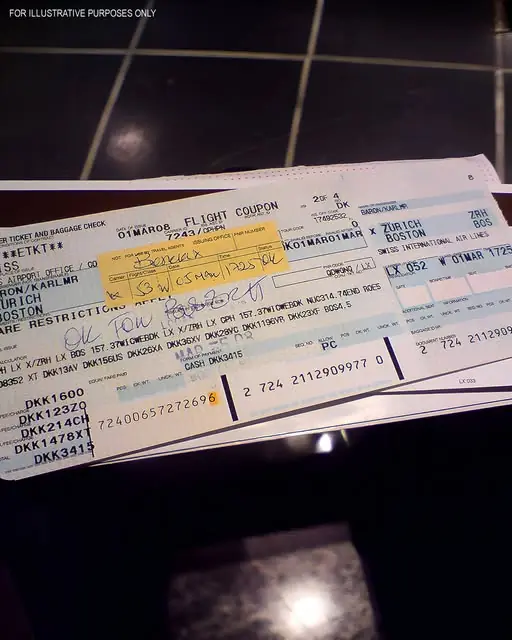
I Found Tickets in My Husband's Old Jacket and Filed for Divorce the Next Day

Scientists Baffled By Perfect Sphere Emitting Radio Signals From Deep Space

Meet Borealopelta markmitchelli: The Best-Preserved Dinosaur Fossil Ever Discovered
